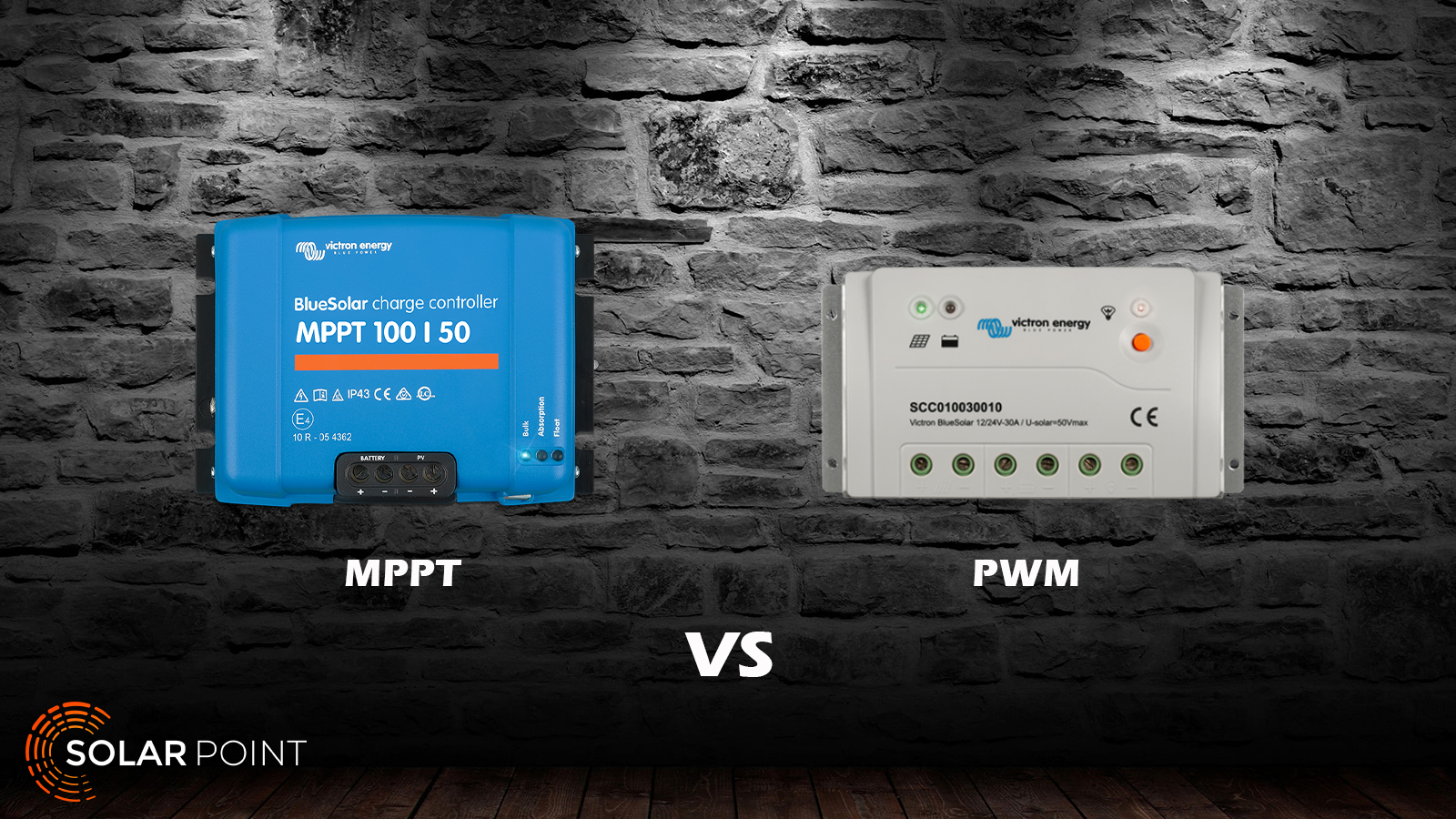Difference Between MPPT and PWM Charging Controller

Difference between MPPT and PWM charging controller
The function of the charger controller in general is to receive energy from the PV panels and coordinate it to suit the battery voltage to be charged. The charger controller can be separate or integrated with the inverter like most solar inverters.
PWM charging controller:
Its primary role is to adjust the energy received from the PV panels to reduce the incoming voltage to suit the battery charging voltage using a technology called pulse width modulation, but with this technology the resulting energy is wasted and in the end to become 12 volts or 24 volts depending on the connection of batteries.
Its features: Low cost, size and weight, suitable for simple energy solar systems
Its main drawback: wasting energy and inability to charge when the PV panel voltage is less than the battery charging voltage.
MPPT charging controller:
The advantage of this charger comes with a high technology called tracking the maximum power point on the power curve, meaning that the voltage in excess of charging the battery is converted into amperes to prevent energy waste, and vice versa, it converts amperes into volts if the voltage value received from PV panels is insufficient to charge the battery.
Its features: achieving the maximum possible efficiency of PV panels, and is suitable for all types of batteries with different voltages of 12, 24, 48 volts.
Disadvantages: higher cost and weight.
Article written by: Solar Point team
 English
English
 العربية
العربية
